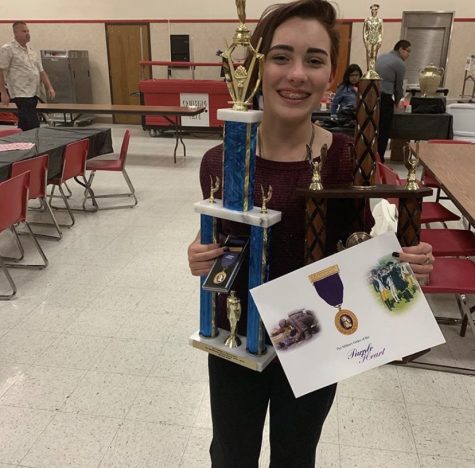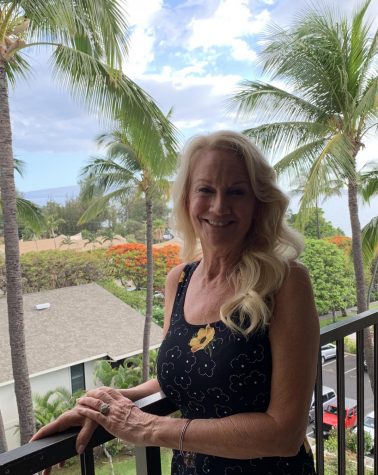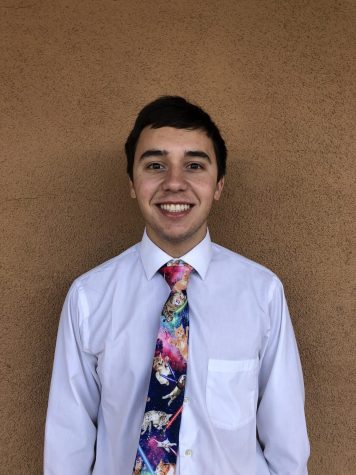Let’s Celebrate!
Cultural holidays by definition “are a day of festivity or recreation when no work is done.” These holidays bring families together and allow them to pass on traditions and culture to future generations.

At Ripon High several students and staff celebrate various holidays throughout the year. Each family has their own way of celebrating with their own traditions. The near upcoming cultural holidays are Halloween, Dia de Los Muertos, and Diwali.
Halloween originated with the ancient Celtic festival of Samhain, when people would light bonfires and wear costumes to ward off ghosts. However today, Halloween has become a holiday for children to dress up and go trick-or-treating for candy around neighborhoods with their friends and family. Halloween has incorporated the current pop culture of having dances, fairs, parties, and more.
For Halloween, Ripon High is hosting various events such as, a Halloween dance with a haunted house, a Halloween themed cheer performance, and trunk or treat. All these events allow Ripon High students to dress up and enjoy the spooky season with their friends.
“My highlight of the dance was the haunted house because I got to scare people and become someone else [a zombie lunch lady] for a night,” senior Sophia Deponte stated.
Another cultural holiday celebrated at Ripon High by some of its students and staff is Dia de Los Muertos also known as Day of the Dead. Majority of the Spanish classes on campus inform students about the history and purpose of this holiday, along with how it’s celebrated.
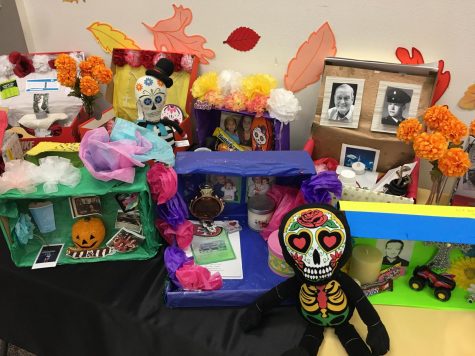
“Making the ofrenda in Mr. Saenz’s Spanish four class, allowed me to remember my grandpa and how special he was to me. It was nice bringing back certain memories that I haven’t thought of in awhile,” Senior Araceli Gonzalez stated.
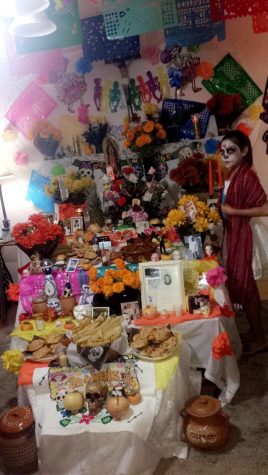
Dia de los Muertos is a Mexican holiday that includes festivals, parades, gatherings of families at cemeteries or at home to remember and pray for the deceased. Families dress up, prepare lots of food, and decorate altars with flowers, photos of the deceased, candles, sugar skulls, and more.
“My family and I celebrate at my Grandma’s house, she makes a big alter with all the deceased family members’ photos on it and we do a Rosary and a prayer that lasts about thirty minutes,“ junior Sahara Hernandez said, “We also paint our faces like skulls and get the chance to get close to family.”
Diwali also known as Bandi Chhor Divas is a cultural holiday celebrated by Hindus and Sikhs for different historic and religious reasons but both symbolizing the victory of “light over darkness, good over evil, and knowledge over ignorance.”

Both Sikhs and Hindus light divaas [oil lamps] around their house to symbolize good luck and a beginning of a new business year. Gifts and sweets are exchanged, fireworks are enjoyed, and prayers are made at the Gurdwaras [Sikh temple] or Mandirs [Hindu temple]. The houses also are decorated with holiday lights and rangoli [art designs made from colored rice, dry flour, colored sand or flower petals].
“ ” freshmen Triptaan Dhami stated, “I love lighting divaas around my house and getting together with my family and later going to the Gurdwara at night.”
Holidays bring happiness and allow everyone to forget all their worries and enjoy time with their family. Every culture has a variety of holidays and each family of a certain culture celebrates with their own traditions honoring the same reason others are celebrating for.
“Holidays in my family revolve around my religion [Lutheran] and have become a tradition in both the familial and religious aspects. I like being surrounded by my family and how everyone comes together to celebrate,” senior Felicia Miller stated.

